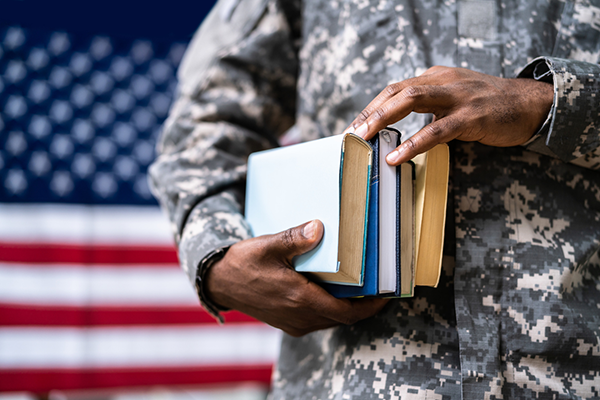Brilliant Miller's Blog
Conquering My Own Personal Everest

Maybe our lives aren’t challenging enough.
We yearn to experience a range and depth of emotions beyond those available in a typical workweek.
Or perhaps we’ve lost touch with what it means to be human.
Whatever the reasons, millions of us have participated in one of the extreme events that became popular in recent years—challenges like the Spartan Race or the Tough Mudder.
The typical Tough Mudder course is about ten miles long and features 25 obstacles.
The one I did a few years back took place in Utah’s West Desert on a cold and rainy October day.
One of the first obstacles was a giant tub—about the size of a truck bed, but twice as deep—filled with ice water. To successfully complete it, participants had to plunge in, submerge, swim a few feet underwater, and climb out the other side.
Another obstacle required army crawling through a 30-yard length of mud while attempting to avoid being zapped by electrified wires.
My first shock felt like someone had punched me in the back of the head. It took me a moment to realize what had happened as I pulled my face from the mud. I reminded myself that I spent good money for this experience. I chose this.
Then there was the Everest Wall, a slick quarter pipe fifteen feet tall. It was one of the last obstacles, and for how daunting it was, it might as well have been the real Mount Everest.
To scale it, participants got a running start, getting as high as possible before launching to grab the lip of the wall, or the muddy hand of another participant who was waiting to help them up.
By the time I reached it, I was spent. The soles of my shoes were muddy, I felt sure I would slip the moment I stepped on the wall’s slick surface.
I could see myself sprinting toward the wall, launching, slipping, and knocking out my two front teeth.
I shook that image, readied myself and ran for it. I managed to avoid knocking my teeth out, but my fear prevented me from really going for it. Holding myself back, I was close, but it wasn’t enough.
Each successive attempt consumed a bit more energy, and I leapt a little lower each time.
Steeling myself, I gave it another go. This time, I got high enough to grab someone’s hand. Or, more accurately, someone grabbed mine.
I didn’t have enough strength to pull myself up, but I did manage to swing one leg up. Somebody grabbed that leg, leaving me dangling awkwardly. Someone else reached down and grabbed my shorts.
Whoever had me hoisted me up.
I reached the top through a combination of clambering and surrendering.
I sat on the top of that wall, humbled. I was embarrassed to have needed so much help to get there, and I was grateful to those who had helped me.
Reflecting on that experience now, I think of something my friend and mentor Marshall Goldsmith told me after he turned seventy. He said that one of his life’s biggest lessons is that we all need help sometimes, and it’s okay to ask for it.
Arkan Lushwala, another of my friends and teachers, shared with me a formula used by indigenous people for generations: ask for help, receive the help, share the blessings you receive as a result of that help, offer thanks for the help.
Gratitude starts the cycle over again.
It doesn’t matter how intelligent, educated, strong, skilled, talented, connected or wealthy we are, at some point we reach the limits of what we can do on our own.
In those moments, when we’ve done our best and discovered it’s not enough, it’s okay to ask for help.
We won’t win every race, and we won’t conquer every challenge. But I do think we can overcome every one that truly matters if we’re wise enough to ask for help when we need it—and humble enough to receive it.

Never Miss an Episode
Sign up for our newsletter to have Three Point Thursday sent directly to your inbox and to be notified about new podcast releases and other news & events!





